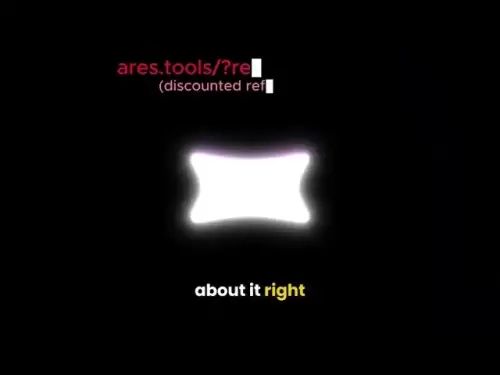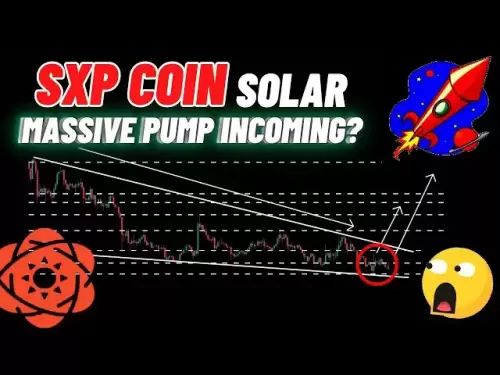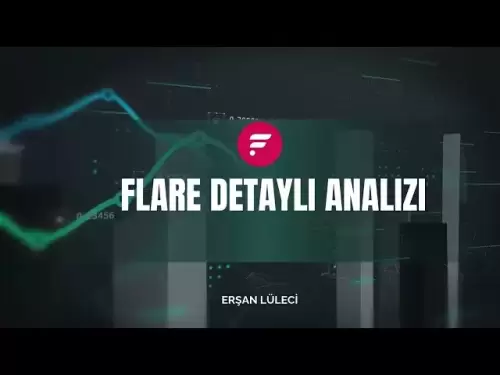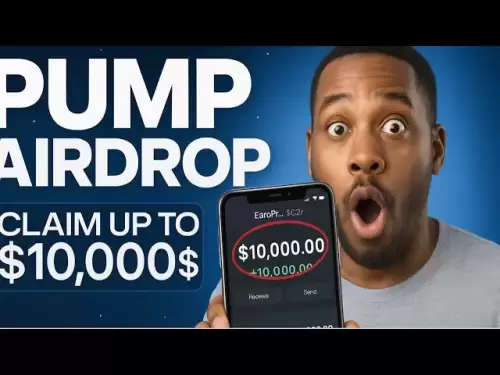-
 Bitcoin
Bitcoin $117500
2.04% -
 Ethereum
Ethereum $3759
3.02% -
 XRP
XRP $3.171
3.30% -
 Tether USDt
Tether USDt $1.000
0.03% -
 BNB
BNB $782.4
2.52% -
 Solana
Solana $187.2
5.62% -
 USDC
USDC $0.0000
0.02% -
 Dogecoin
Dogecoin $0.2380
5.26% -
 TRON
TRON $0.3175
1.07% -
 Cardano
Cardano $0.8227
4.03% -
 Hyperliquid
Hyperliquid $44.50
5.44% -
 Sui
Sui $4.020
10.07% -
 Stellar
Stellar $0.4396
6.28% -
 Chainlink
Chainlink $18.32
4.55% -
 Hedera
Hedera $0.2628
10.71% -
 Bitcoin Cash
Bitcoin Cash $554.8
4.90% -
 Avalanche
Avalanche $24.20
4.60% -
 Litecoin
Litecoin $113.7
2.31% -
 Shiba Inu
Shiba Inu $0.00001413
5.99% -
 UNUS SED LEO
UNUS SED LEO $8.984
0.11% -
 Toncoin
Toncoin $3.326
7.22% -
 Ethena USDe
Ethena USDe $1.001
0.00% -
 Uniswap
Uniswap $10.49
4.56% -
 Polkadot
Polkadot $4.092
4.02% -
 Monero
Monero $326.6
1.30% -
 Dai
Dai $1.000
-0.01% -
 Bitget Token
Bitget Token $4.570
2.49% -
 Pepe
Pepe $0.00001267
5.10% -
 Aave
Aave $297.3
3.10% -
 Cronos
Cronos $0.1344
4.10%
How to manage risk on Kraken futures?
Kraken futures let you trade crypto with up to 50x leverage—start low (2x–5x), use stop-loss orders, monitor liquidation price, and choose isolated margin to limit risk.
Jul 26, 2025 at 03:49 am
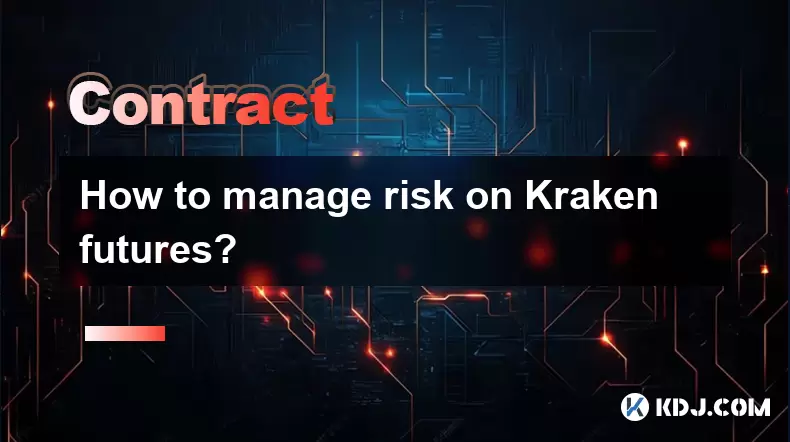
Understanding Kraken Futures Contracts
Before managing risk, traders must fully understand the nature of Kraken futures contracts. These are leveraged financial instruments that allow users to speculate on the future price of cryptocurrencies like BTC, ETH, or SOL. Unlike spot trading, futures involve margin, meaning small price movements can lead to amplified gains or losses. Each contract has a specific size, expiration date, and leverage cap—typically up to 50x on Kraken. It’s critical to read the contract specifications in the "Futures" tab under the trading interface to avoid unintended exposure.
Setting Leverage Appropriately
Leverage multiplies both profit potential and risk. On Kraken, users can adjust leverage per position using a slider or input field. For risk management, it’s wise to start with low leverage—such as 2x to 5x—especially for new traders. High leverage may seem attractive but increases liquidation risk. To change leverage:
- Open the futures trading interface
- Select the desired contract (e.g., BTC/USD)
- Locate the leverage control next to the order size field
- Enter or slide to the preferred leverage level
- Confirm the change in the pop-up dialog
This step must be repeated for each new position, as leverage is not global across contracts.Using Stop-Loss and Take-Profit Orders
Kraken supports both stop-loss (SL) and take-profit (TP)** orders in its futures interface. These are essential tools to automate risk control. A stop-loss limits losses by closing the position if the price moves against you, while a take-profit secures gains at a predefined level. To set them: - In the order entry panel, switch from "Market" to "Limit" or "Stop Market"
- For SL: Enter a price below your entry (for longs) or above (for shorts)
- For TP: Enter a price above your entry (for longs) or below (for shorts)
- Set the order type as "Reduce Only" to ensure it doesn’t open a new position
These orders must be placed manually per trade and do not persist after position closure.Monitoring Liquidation Price
Every open futures position on Kraken shows a liquidation price in the position tab. This is the price at which your position will be automatically closed to prevent further losses. Traders must monitor this value closely, especially during volatile market conditions. If the mark price (average of exchange prices) reaches your liquidation level, Kraken will close the position, potentially at a loss. To reduce liquidation risk: - Avoid using maximum leverage
- Keep your position size small relative to your margin
- Add more margin manually if the price approaches liquidation
This information is visible in real-time under the "Positions" section of the futures dashboard.Utilizing Margin Types: Cross vs. Isolated
Kraken offers two margin modes: Cross Margin and Isolated Margin. Cross uses your entire futures wallet balance as collateral, spreading risk across all positions. Isolated assigns a fixed margin amount to a single position, limiting loss to that amount. For beginners, Isolated Margin is safer because it prevents one losing trade from affecting others. To switch: - Click the margin mode toggle near the leverage control
- Choose "Isolated" or "Cross"
- Confirm the change
This setting applies per-position and must be reselected when opening new trades.Reviewing Funding Rates and Position Costs
Futures positions on Kraken incur funding fees every 8 hours if held past the settlement window. These fees can be positive or negative depending on market sentiment. Long positions pay shorts when funding is positive, and vice versa. Traders must check the funding rate indicator above the chart to anticipate costs. Holding a position long-term without accounting for funding can erode profits. To view: - Look at the top of the futures chart for the hourly funding rate (%)
- Multiply by 3 to estimate daily cost
- Factor this into your risk model when planning trade duration
Frequently Asked Questions
Can I set trailing stop-loss orders on Kraken futures?
No, Kraken does not currently support trailing stop orders in its futures interface. Traders must manually adjust stop-loss levels or use third-party tools if automation is required.What happens if my position gets liquidated?
If the mark price hits your liquidation level, Kraken automatically closes the position at the best available market price. You may lose the entire margin allocated to that trade, and no further action is needed from you.How do I check my unrealized P&L on Kraken futures?
Unrealized profit and loss is displayed in real-time under the "Positions" tab in the futures trading interface. It updates as the mark price changes and reflects potential gains or losses if the position were closed immediately.Is there a minimum margin requirement for Kraken futures?
Yes, each contract has a minimum initial margin, typically around 2% of the position value (equivalent to 50x leverage). This varies by asset and is shown in the order entry panel before placing a trade.
Disclaimer:info@kdj.com
The information provided is not trading advice. kdj.com does not assume any responsibility for any investments made based on the information provided in this article. Cryptocurrencies are highly volatile and it is highly recommended that you invest with caution after thorough research!
If you believe that the content used on this website infringes your copyright, please contact us immediately (info@kdj.com) and we will delete it promptly.
- Pi Coin, Wallet Features, and Coinbase: What's the Buzz?
- 2025-07-26 18:30:12
- Worldcoin, Punisher Coin, and the Meme Coin Mania: What's the Haps?
- 2025-07-26 18:30:12
- Dogecoin Trajectory: From Meme to Mainstream and Beyond in Crypto
- 2025-07-26 17:10:14
- LasMeta, Pyth Network, NovaDrop NFTs: Decoding the Buzz
- 2025-07-26 16:30:12
- SHIB Long/Short: Riding the Shiba Inu Waves Like a Pro
- 2025-07-26 17:50:12
- VeChain (VET) Price Prediction: Will VET Reach $0.040 in August 2025?
- 2025-07-26 16:50:12
Related knowledge

Why is my Bitstamp futures position being liquidated?
Jul 23,2025 at 11:08am
Understanding Futures Liquidation on BitstampFutures trading on Bitstamp involves borrowing funds to open leveraged positions, which amplifies both po...

Does Bitstamp offer inverse contracts?
Jul 23,2025 at 01:28pm
Understanding Inverse Contracts in Cryptocurrency TradingIn the realm of cryptocurrency derivatives, inverse contracts are a specific type of futures ...

How to find your Bitstamp futures trade history?
Jul 23,2025 at 08:07am
Understanding Bitstamp and Futures Trading AvailabilityAs of the current state of Bitstamp’s service offerings, it is critical to clarify that Bitstam...

Can I use a trailing stop on Bitstamp futures?
Jul 23,2025 at 01:42pm
Understanding Trailing Stops in Cryptocurrency TradingA trailing stop is a dynamic type of stop-loss order that adjusts automatically as the price of ...

Can I use a trailing stop on Bitstamp futures?
Jul 25,2025 at 02:28am
Understanding Trailing Stops in Cryptocurrency Futures TradingA trailing stop is a dynamic type of stop-loss order that adjusts automatically as the m...
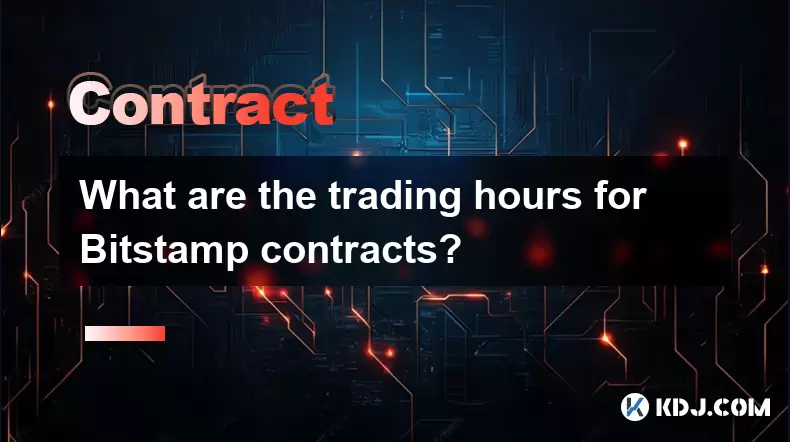
What are the trading hours for Bitstamp contracts?
Jul 24,2025 at 11:56am
Understanding Bitstamp and Contract Trading AvailabilityBitstamp is one of the longest-standing cryptocurrency exchanges, established in 2011 and head...

Why is my Bitstamp futures position being liquidated?
Jul 23,2025 at 11:08am
Understanding Futures Liquidation on BitstampFutures trading on Bitstamp involves borrowing funds to open leveraged positions, which amplifies both po...

Does Bitstamp offer inverse contracts?
Jul 23,2025 at 01:28pm
Understanding Inverse Contracts in Cryptocurrency TradingIn the realm of cryptocurrency derivatives, inverse contracts are a specific type of futures ...

How to find your Bitstamp futures trade history?
Jul 23,2025 at 08:07am
Understanding Bitstamp and Futures Trading AvailabilityAs of the current state of Bitstamp’s service offerings, it is critical to clarify that Bitstam...

Can I use a trailing stop on Bitstamp futures?
Jul 23,2025 at 01:42pm
Understanding Trailing Stops in Cryptocurrency TradingA trailing stop is a dynamic type of stop-loss order that adjusts automatically as the price of ...

Can I use a trailing stop on Bitstamp futures?
Jul 25,2025 at 02:28am
Understanding Trailing Stops in Cryptocurrency Futures TradingA trailing stop is a dynamic type of stop-loss order that adjusts automatically as the m...

What are the trading hours for Bitstamp contracts?
Jul 24,2025 at 11:56am
Understanding Bitstamp and Contract Trading AvailabilityBitstamp is one of the longest-standing cryptocurrency exchanges, established in 2011 and head...
See all articles





















